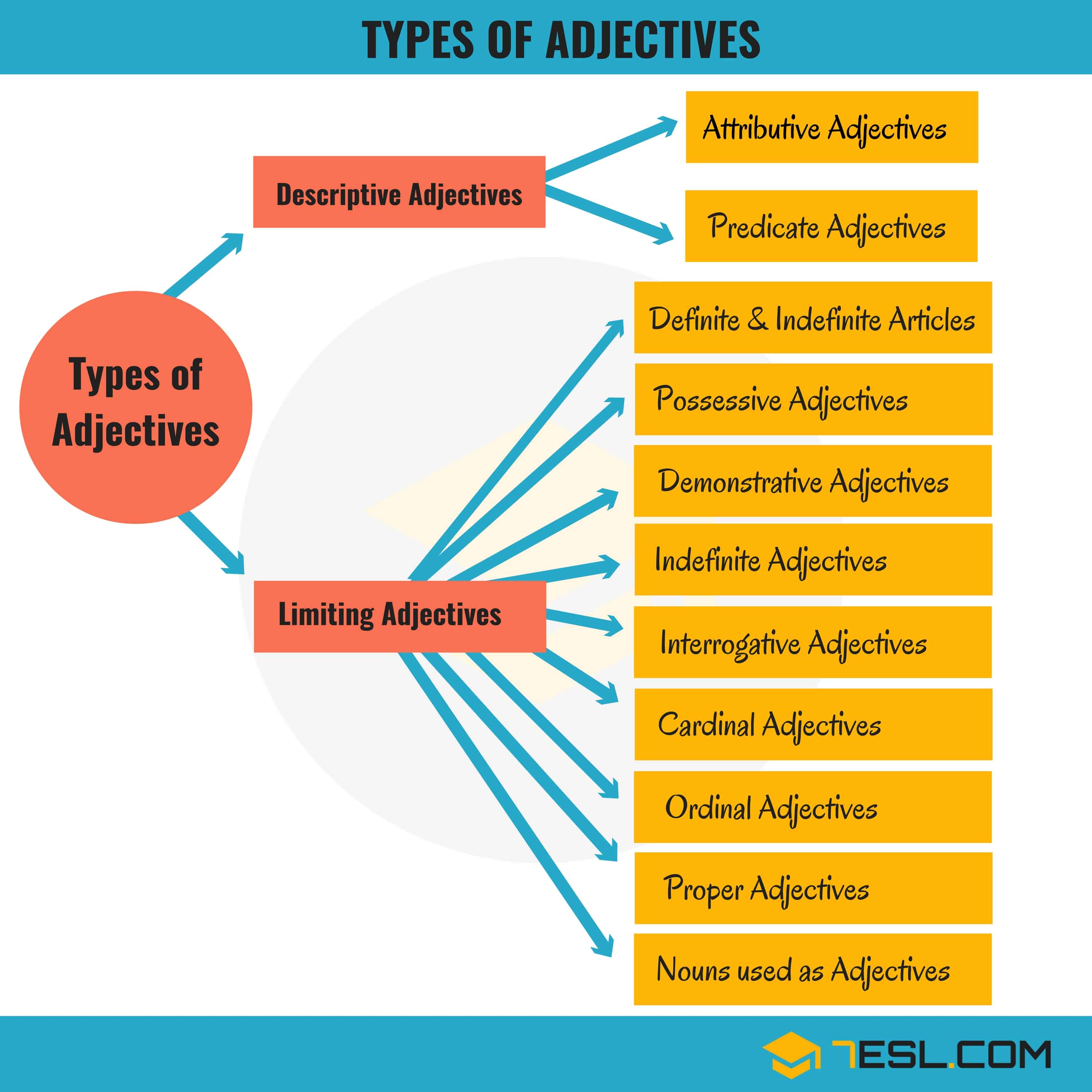Web you might also see the form amid a conjugated verb, because the te form is used to communicate the idea of a continuous action. This distinction of positive and negative is better understood through an example. There are no te forms for past and past negative, おいしかった or おいしくなかった. About press copyright contact us creators advertise developers terms privacy policy & safety how youtube. Each ichidan verb always ends in る in its basic form.
There are no te forms for past and past negative, おいしかった or おいしくなかった. It may seem a bit confusing at first, but just to get started with te form conjugation, first you should focus on how to create the te form. You just add de after the word. The lexical category of adjectives is proposed to be universal, but its realization varies across languages.
食べる → 食べて ( taberu → tabete ) “i eat” / “i will eat” → “i’m eating” japanese has the same verb form for the future tense and the present tense, as well as general statements. 食べる → 食べて → 食べている. 美味しい (oishii) = 美味し (oishi) = 美味しくて (oishikute) nouns & な adjectives.
This form has four important roles in the japanese language. What is the japanese te form? For ichidan verbs the rule is simply to remove the last syllable ~る and replace it with ~て. B: 昼ご飯 を 食べている 。 b: Te form for ichidan verbs.
Web january 24, 2021 by masaki mori. The てform of an いadjective is formed by substituting くて for the final い. There are no te forms for past and past negative, おいしかった or おいしくなかった.
It Is Similar To “So” In English.
An auxiliary て (or te form) is used to describe the relationship between two phrases before and after *. After you have a grasp of the rules, you can begin to practice its many uses. Note that the verbs that express different states are verbs like ある (aru), いる (iru), なる (naru), etc. For example, the te form of miru ( 見る ), see, is mite ( 見て ), and the te form of yomu ( 読む ), read, is yonde ( 読んで ).
Web The Te Form Is Required For Learning Japanese To Make Verbs And Adjectives Easier To Comprehend.
Japanese te form has four important roles, explained. Adjectives connecting to verbs will usually have a cause and effect pattern. The lexical category of adjectives is proposed to be universal, but its realization varies across languages. The meanings of the word are:
1.This Refers To The Sequence Of Events That Occurred Before.
This form has four important roles in the japanese language. The tense of the final verb determines the tense of the sentence. About press copyright contact us creators advertise developers terms privacy policy & safety how youtube. Just like using the てform to join to verbs, it can also be used to combine adjectives and nouns.
When You’re Doing One Thing And Then Doing Another, You Can Connect The Sentences With The て Form.
When we say “te form”, it normally refers to the combination of a word and the conjunctive particle, “te”. 読む → 読んで → 読んでいる. For the every inflection/tense, you replace the い with くて. Web to describe one action, then another as a result.
Web the te form of a japanese verb is the form which ends in te or de. About press copyright contact us creators advertise developers terms privacy policy & safety how youtube. て form with other sentence endings. Web てforms for joining sentences. Each ichidan verb always ends in る in its basic form.

![Japanese [73] [GENKI L7] Adjective /Noun TE form (くて/で) How to](https://i2.wp.com/i.ytimg.com/vi/SKaZSSzGmXc/maxresdefault.jpg)




